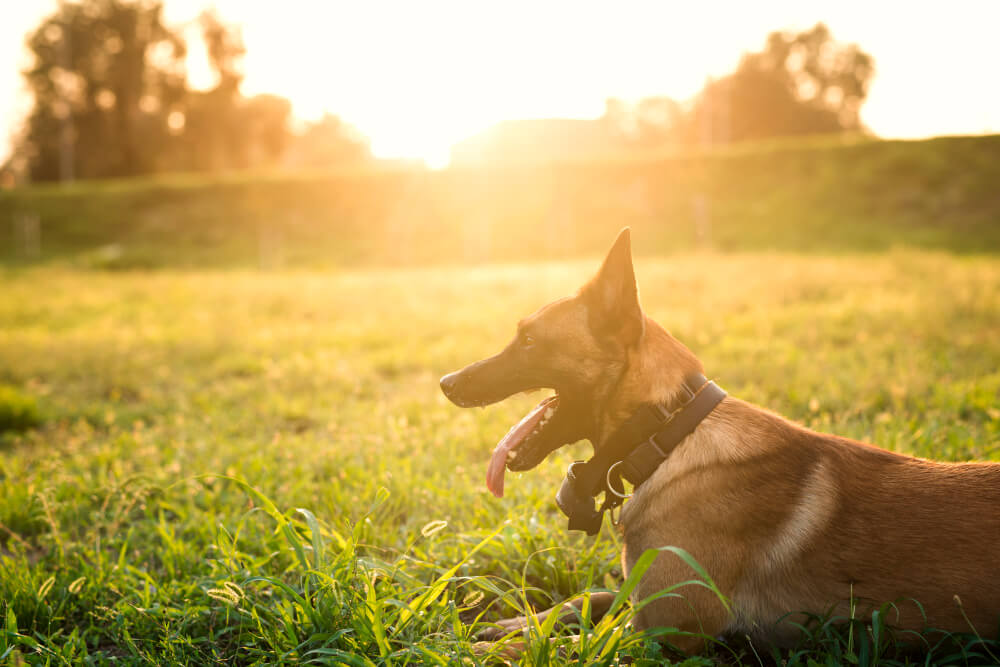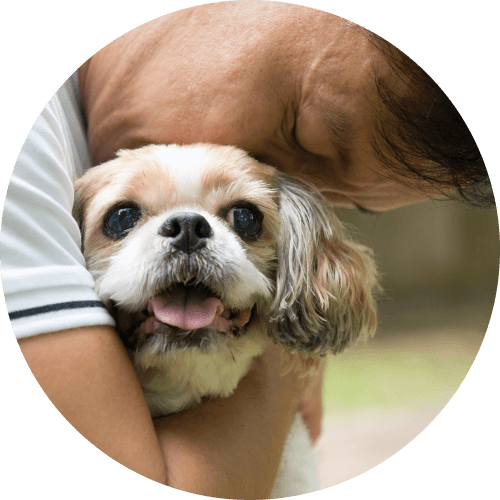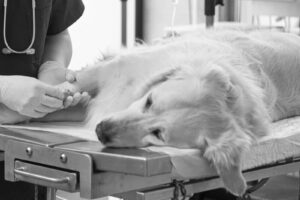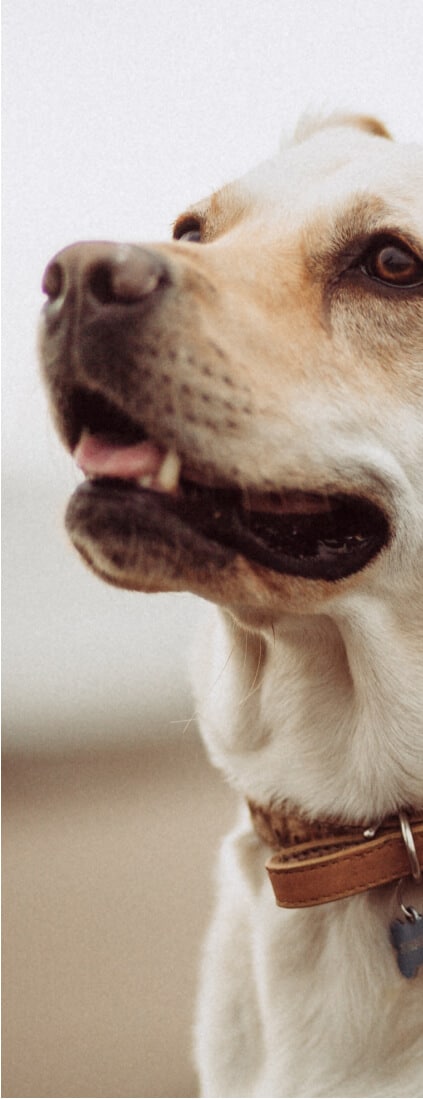Summer can be dangerous for dogs. Unlike humans, they can’t sweat through their skin to cool off. They rely mostly on panting, which is far less effective in extreme heat. Certain breeds are prone to overheating than others, and even short exposure to high temperatures can lead to heat exhaustion (when a pet’s body temperature rises above normal and they struggle to regulate their heat) or life-threatening heatstroke (a medical emergency where body temperature exceeds 104°F).
Below, you’ll find 8 practical tips to keep your dog cool in the summer. Here’s what veterinarians recommend for keeping dogs cool in the summer and spotting signs of overheating before it’s too late.
1. Provide Unlimited Fresh Water
Hydration is your dog’s first line of defense.
Keep multiple water bowls around your home, patio, and yard with drinking water. Add ice cubes on hot days to help keep the water cooler longer. When walking, bring a water bottle and portable bowl to offer small amounts of water regularly.
2. Walk During Cooler Hours
Avoid keeping your dog out in direct sunlight and taking them out during the hottest parts of the day for walks. Early morning or late evening walks are the safest times to walk your dog in summer. Always check hot pavement with the “7-second rule:” if you can’t hold your hand on the ground for 7 seconds, it’s too hot for your dog’s paws.
3. Create a Cool Zone Indoors
Air conditioning is best, but if that’s not available, use fans, cooling mats and damp towels. Make sure your dog has access to shady areas and cool flooring like tile. Some dogs instinctively seek out these cooler spots — let them.
4. Install a Sprinkler or Use a Kiddie Pool
Many dogs love water play. A shallow kiddie pool or a low sprinkler setup offers a fun and effective way for dogs to lower their body temperature. Always supervise water play and change water frequently to keep it clean.
5. Offer Frozen Treats
Make dog-friendly frozen treats using plain yogurt, watermelon, or bone broth. Freeze chew toys or Kong toys filled with wet food to keep your dogs cool for a longer period.
6. Try Dog Cooling Gear
Evaporative cooling vests and collars can reduce your dog’s body temperature. These are ideal for outdoor adventures or dogs that must stay active in warm weather. Look for breathable, lightweight options.
7. NEVER Leave Dogs in Hot Cars
Even on a 70°F day, a parked car can heat up to fatal temperatures within minutes, and cracking a window doesn’t help. If you can’t bring your dog with you when you leave the car, leave them at home.
8. Manage Outdoor Time and Exercise
Lower intensity and duration of exercise during hot weather. Stick to shady spot, shorten play sessions, and keep your dog hydrated. Swap fetch in the sun for indoor puzzle toys or scent games.
Watch Out for Signs of Heatstroke
Learn to recognize early symptoms of heatstroke in dogs:
- Excessive panting that doesn’t stop in the shade
- Bright red gums or tongue
- Drooling more than usual
- Lethargy or confusion
- Vomiting or diarrhea
- Collapse or unresponsiveness
If you notice any of these, move your dog to a cool area immediately, offer water, and contact your vet.
Dog Breeds That Are Prone to Overheating
Certain dogs are more prone to overheating:
- Brachycephalic Breeds (Bulldogs, Pugs, Boston Terriers): Their short noses make it harder to breathe, putting them at greater risk of heatstroke.
- Thick-Coated Breeds (Huskies, Newfoundlands and Bernese Mountain Dogs).
- Large Breeds (St. Bernards, Great Danes) that retain heat more easily.
- Senior and Older Dogs with slower cooling mechanisms.
- Puppies that haven’t developed the ability to regulate body temperature.
- Overweight Dogs.
What to Do If Your Dog Overheats
Act fast!
- Move them into shade or an air-conditioned area
- Wet their paws, ears, and belly with cool (not ice-cold) water
- Place a fan nearby
- Let them drink small amounts of water
- Call your veterinarian ASAP. Don’t wait.
Even if they seem to recover, follow up with your vet. Internal damage from overheating can continue even after symptoms subside.
FAQ: Keeping Dogs Cool in Summer
What temperature is too hot for dogs?
Anything over 85°F can be dangerous depending on humidity, breed, and access to shade and water.
Should I shave my dog in summer?
Only if recommended by your vet. Some double-coated breeds rely on their coat to regulate heat.
Can I use a fan to cool my dog?
Fans can help but are less effective than AC or water. Combine fans with a damp towel for better cooling.
Keep Your Dogs Cool and Safe in Summer
Even if your dog seems to enjoy the sun, they can overheat quickly. Your attention, preparation, and quick action can make all the difference. With these simple summer safety tips, you can enjoy the season while keeping your best friend healthy and cool.

















